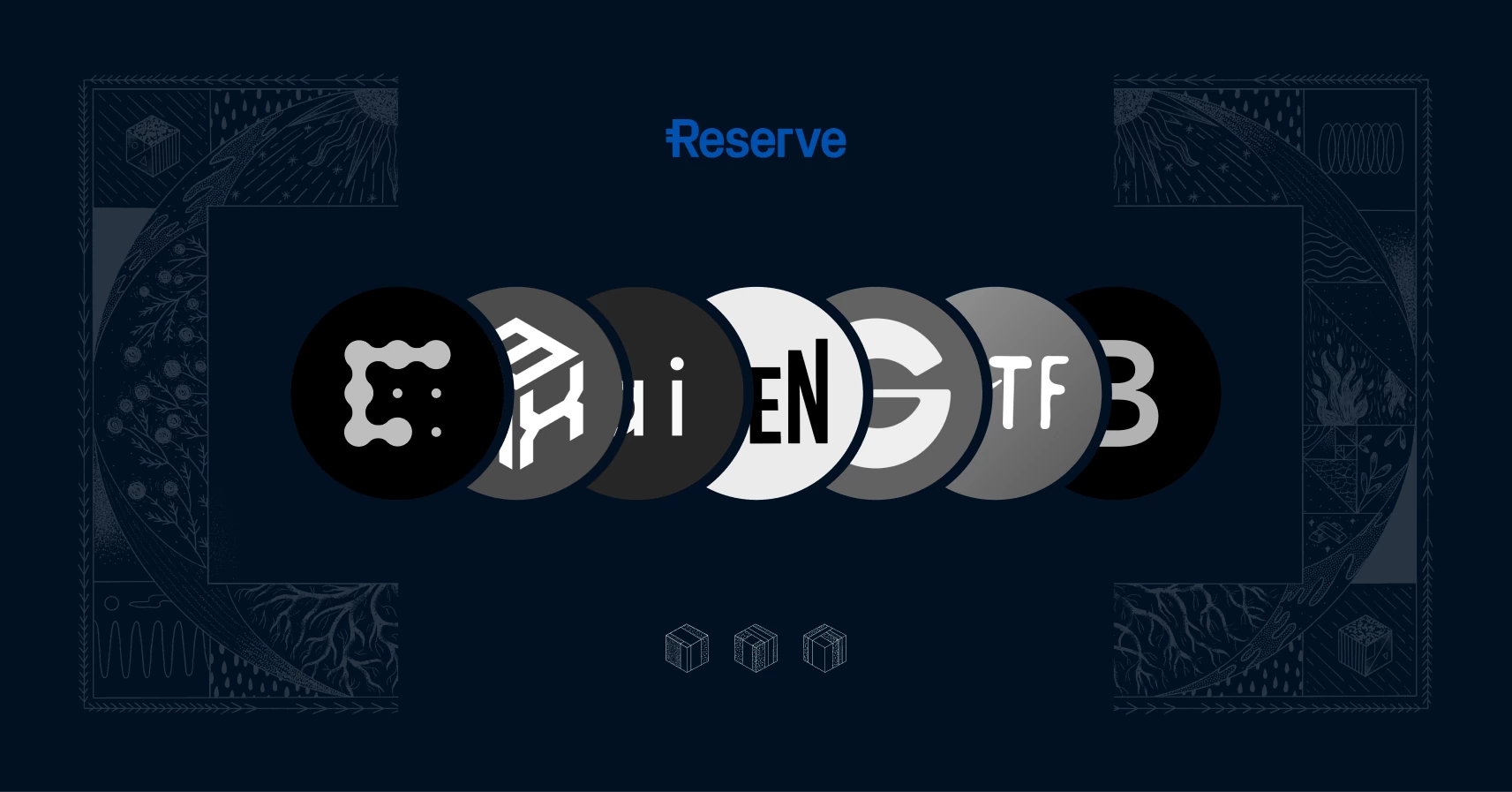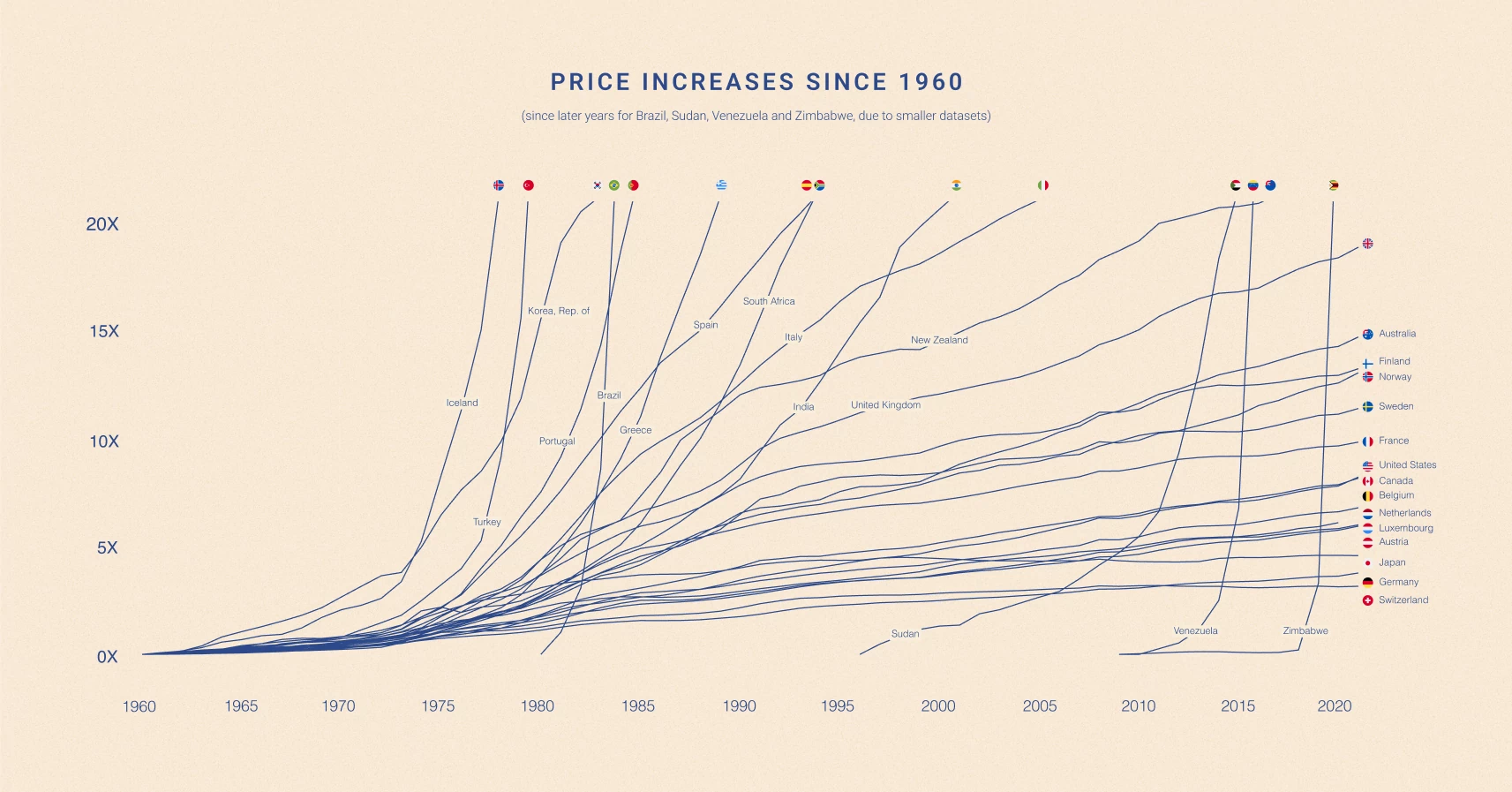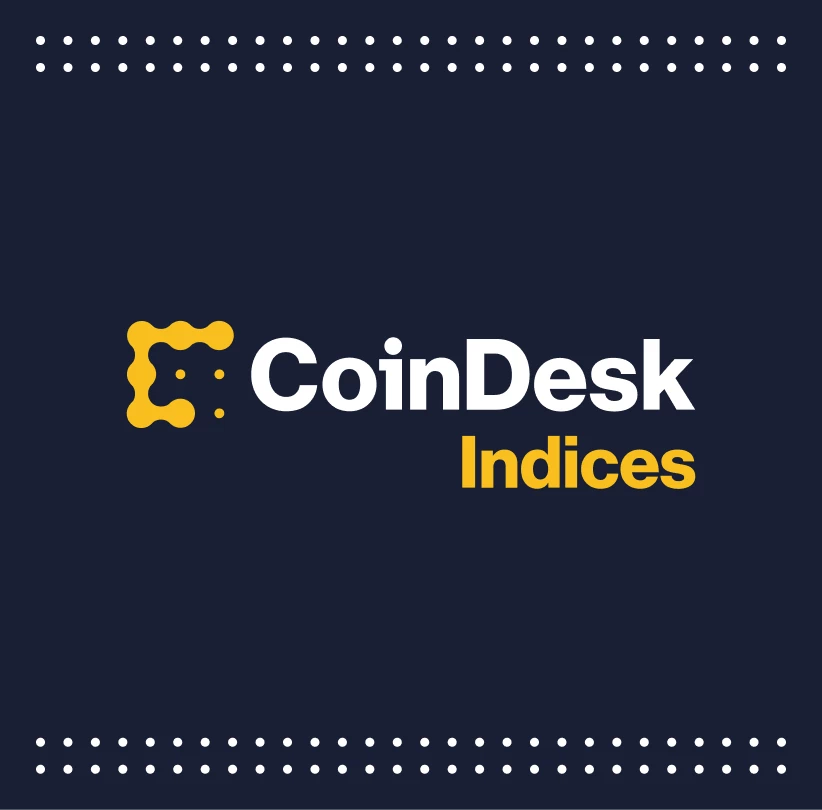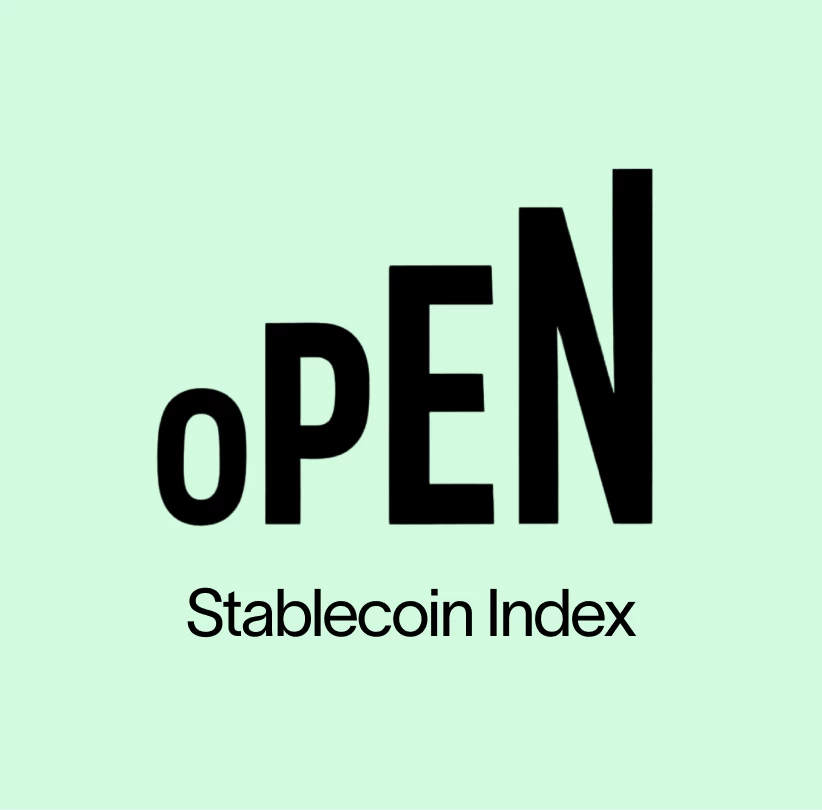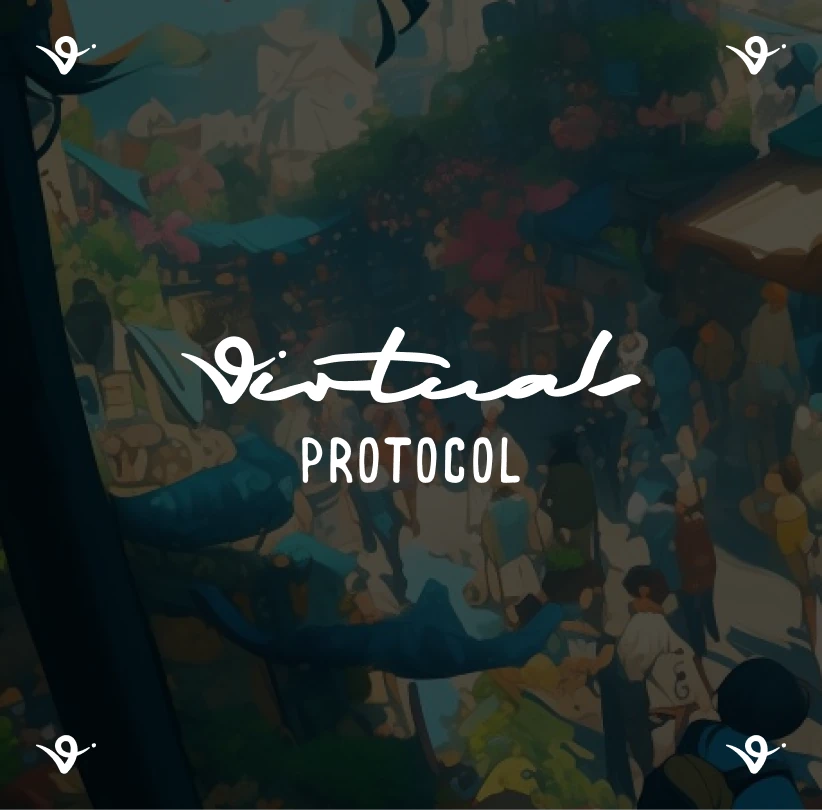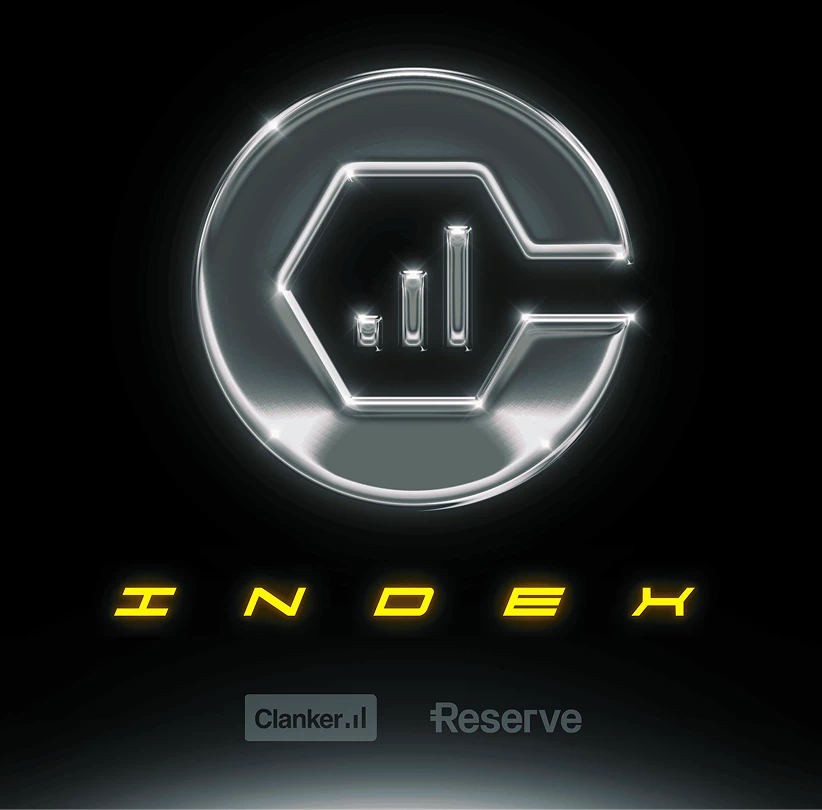
Index
the world
Package crypto markets, sectors and strategies into one-click indexes–transparent & decentralized on the blockchain.
Reserve lets anyone launch, mint, and redeem onchain crypto indexes called Decentralized Token Folios (DTFs) with battle-tested, safety-first smart contracts.
Get broad crypto exposure, earn easy DeFi yield, or create the next world reserve currency.
Package crypto markets, sectors and strategies into one-click indexes–transparent & decentralized on the blockchain. Continue reading...
Reserve lets anyone launch, mint, and redeem onchain crypto indexes called Decentralized Token Folios (DTFs) with battle-tested, safety-first smart contracts.
Get broad crypto exposure, earn easy DeFi yield, or create the next world reserve currency.






 Backed 1:1
Backed 1:1









